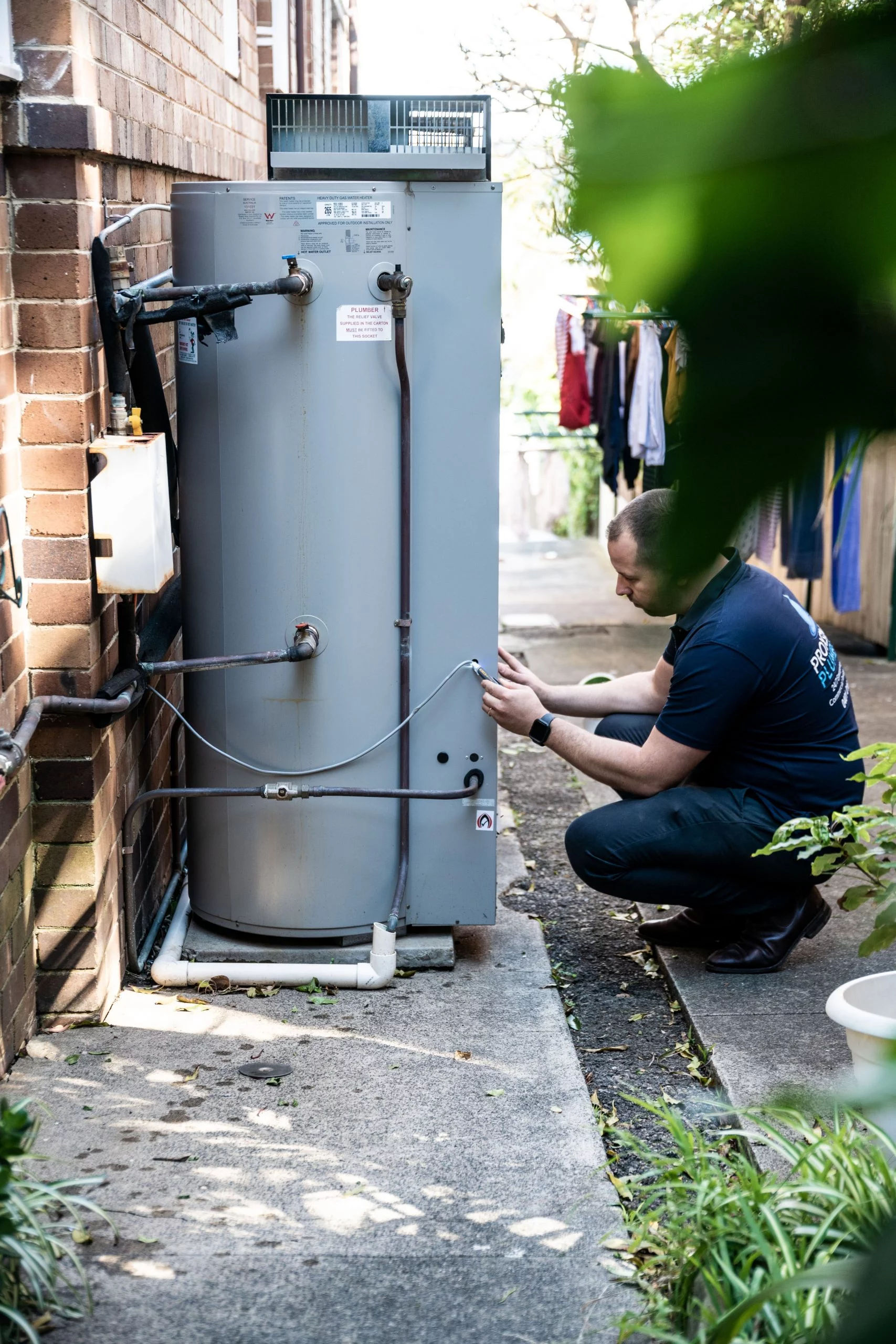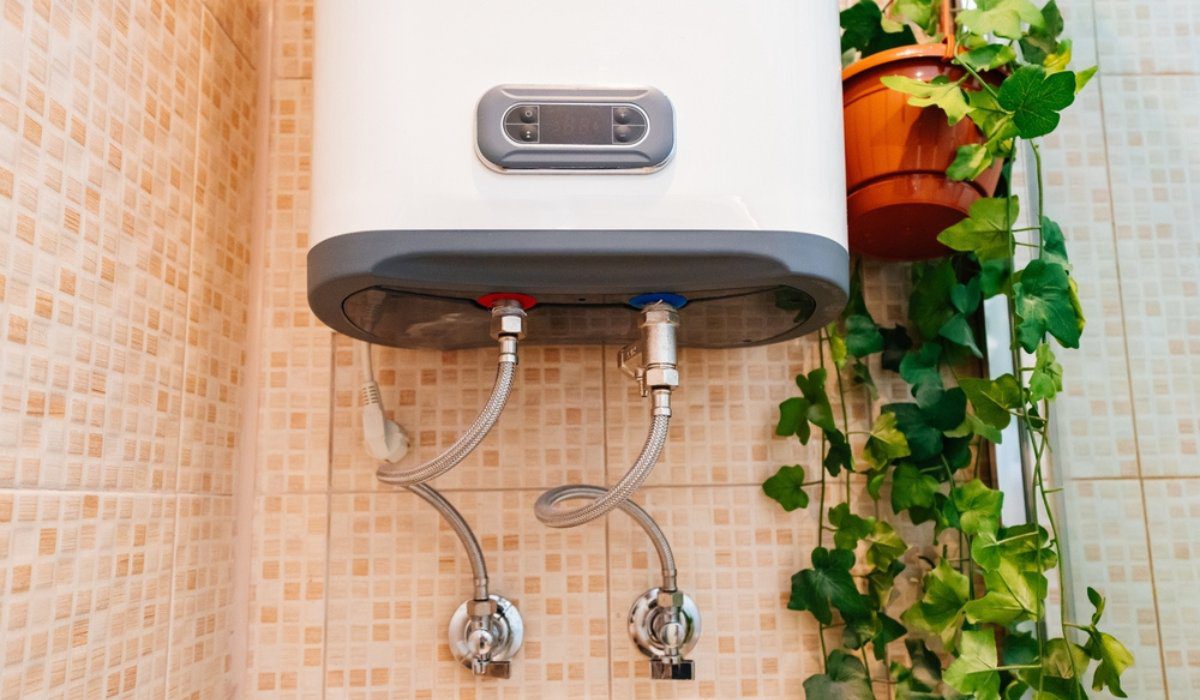What're your opinions about Tips For Maintaining Your Hot Water Heater?

Hot water is necessary for daily comfort, whether it's for a revitalizing shower or cleaning meals. To guarantee your warm water system runs successfully and lasts longer, routine maintenance is crucial. This short article supplies sensible tips and insights on exactly how to preserve your home's hot water system to avoid interruptions and expensive repair services.
Intro
Keeping your home's warm water system might seem complicated, yet with a couple of simple steps, you can ensure it operates smoothly for many years to find. This guide covers whatever from comprehending your hot water system to DIY maintenance suggestions and recognizing when to call specialist aid.
Relevance of Keeping Your Warm Water System
Regular upkeep not only extends the life-span of your warm water system yet likewise guarantees it operates efficiently. Overlooking maintenance can lead to decreased performance, greater power expenses, and even premature failure of the system.
Indicators Your Warm Water System Requirements Maintenance
Knowing when your warm water system requires interest can stop major issues. Keep an eye out for signs such as irregular water temperature level, odd noises from the heating system, or rustic water.
Flushing the Water Heater
Purging your water heater removes debris build-up, improving performance and lengthening its life.
Checking and Replacing Anode Rods
Anode poles stop corrosion inside the container. Evaluating and replacing them when broken is vital.
Complex Issues Calling For Expert Help
Instances consist of major leaks, electrical issues, or if your water heater is constantly underperforming.
Routine Specialist Upkeep Advantages
Specialist maintenance can consist of extensive evaluations, tune-ups, and ensuring conformity with security standards.
Evaluating and Adjusting Temperature Level Setups
Changing the temperature level settings makes certain optimal efficiency and safety.
Do It Yourself Tips for Maintenance
You can execute a number of maintenance tasks on your own to keep your warm water system in leading problem.
Checking for Leakages
Routinely check pipes and connections for leakages, as these can lead to water damages and higher expenses.
Recognizing Your Hot Water System
Before diving right into maintenance tasks, it's helpful to comprehend the standard components of your hot water system. Commonly, this includes the water heater itself, pipelines, anode rods, and temperature controls.
Month-to-month Upkeep Tasks
Normal monthly checks can assist capture small problems prior to they rise.
Testing Pressure Relief Valves
Checking the stress relief valve ensures it works appropriately and prevents excessive pressure accumulation.
Shielding Pipelines
Shielding hot water pipes minimizes warmth loss and can conserve power.
When to Call a Professional
While DIY maintenance is useful, some concerns require professional knowledge.
Final thought
Routine upkeep of your home's warm water system is necessary for efficiency, longevity, and cost savings. By following these suggestions and understanding when to seek expert help, you can make sure a trusted supply of warm water without unanticipated disturbances.
How to Maintain an Instant Hot Water Heater
Before tinkering with your hot water heater, make sure that it’s not powered on. You also have to turn off the main circuit breaker and shut off the main gas line to prevent accidents. Also turn off the water valves connected to your unit to prevent water from flowing into and out of the appliance. 2. When you’re done, you have to detach the purge valves’ caps. These look like the letter “T” and are situated on either side of the water valves. Doing so will release any pressure that has accumulated inside the valves while at the same time avoid hot water from shooting out and burning your skin. 3. When the purge valves’ caps are removed, you have to connect your hosing lines to the valves. Your unit should have come with three hoses but if it didn’t, you can purchase these things from any hardware or home repair shops. You can also get them from retail stores that sell water heating systems. Read the user’s manual and follow it to complete this task properly. When the hosing lines are connected, open the purge port’s valves. 4. You should never use harsh chemical cleaners or solutions when cleaning your unit. Make use of white vinegar instead. It should be undiluted and you’ll probably use about 2 gallons. 5. Now flush your water heater. This task should probably take about 40 minutes. We can’t give you specific directions for this because the procedure is carried out depending on the type, model and brand of your heater. With that being said, refer to the user’s manual. 6. When you’re done draining the unit, you have to turn off the purge port valves again. Remove the hosing lines that you earlier installed on each of the water valves. Put the valve caps (purge port) back in their respective places and be very careful so as not to damage the rubber discs that are found inside these caps. 7. Now that everything’s back in place, check your user’s manual again to find out how to reactivate your water heating system. 8. Once it is working, turn one of your hot water faucets on just to let air pass through the heater’s water supply pipes. Leave the tap on until water flows smoothly out of it. https://www.orrplumbing.com/blog/2014/september/how-to-maintain-an-instant-hot-water-heater/

As a reader about Tips on Maintaining a Water Heater, I assumed sharing that piece of writing was a smart idea. Sharing is nice. Helping others is fun. Thanks for your time spent reading it.
Schedule Today